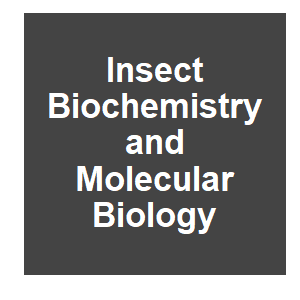
Keywords: pipiens-fatigans

|
Wolbachia and cytoplasmic incompatibility in mosquitoesSinkins, SP, Insect Biochemistry and Molecular Biology, 34:723-729. 2004.
Wolbachia are maternally inherited bacteria that induce cytoplasmic incompatibility in mosquitoes, and are able to use these patterns of sterility to spread themselves through populations. For this reason they have been proposed as a gene drive system for mosquito genetic ... Keywords: Culex, cytoplasmic incompatibility, gene drive natural, history 1950-1975, pipiens-fatigans, wolbachia |

|
Population replacement in Culex-fatigans by means of cytoplasmic incompatibility .2. Field cage experiments with overlapping generationsC. F. Curtis, Bulletin of the World Health Organization, 53:107-119. 1976.
Three experiments were carried out in field cages to test the principle of " transport" of a desirable gene or chromosome into a wild Culex fatigans population as a result of the sterility in cross-matings associated with cytoplasmic incompatibility. Cycling populations of Delhi ... Keywords: Culex, cytoplasmic incompatibility, gene drive natural, history 1950-1975, pipiens-fatigans, wolbachia |

|
Eradication of Culex pipiens fatigans through cytoplasmic incompatibility.H. Laven, Nature, 216:383. 1967.
Culex pipiens fatigans is the chief vector of filariasis in south-east Asia. Urbanization has often caused the numbers of this mosquito-and with it the danger of filariasis infection-to increase alarmingly. The natural vigour, tolerance and fast development of resistance to ... Keywords: Culex, cytoplasmic incompatibility, gene drive natural, history 1950-1975, pipiens-fatigans, wolbachia |

Contact
David O’Brochta
Foundation for the
National Institutes of Health
geneconvenevi@fnih.org
RSS

